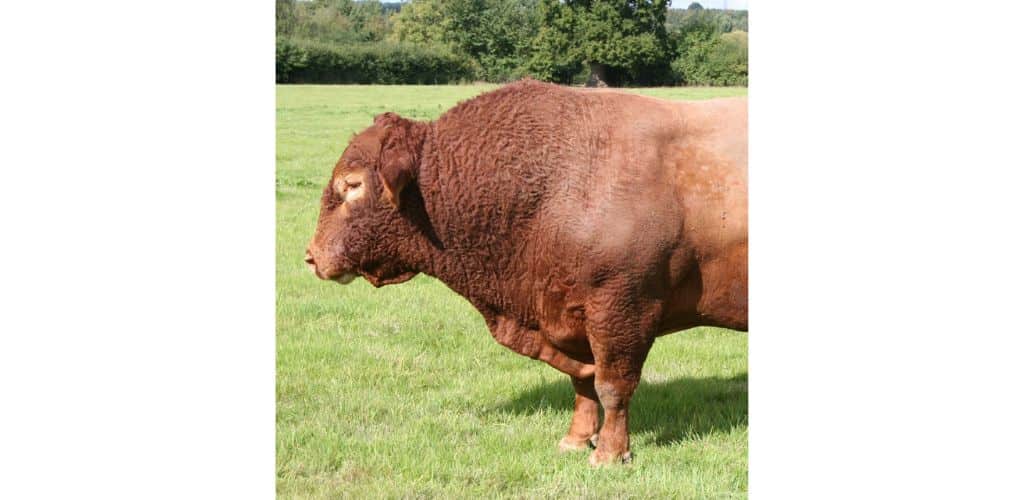The Federal Circuit has ruled that claim preclusion doesn’t apply to allegations of induced infringement based on an earlier finding of direct infringement.
The patent at issue, US Patent No. 8,206,987 titled “Photo-Damage Method for Sorting Particles,” is directed to a method for sorting bull sperm cells according to a specific DNA characteristic in order to preselect the gender of an animal’s offspring.
Appellant Inguran, LLC is the patent holder of the ’987 patent.
Inguran, doing business as STGenetics, provides bull semen-processing services, including to, at one time, Appellee ABS Global, Inc.
As the court explained,
ABS is a “bull stud.” A bull stud is a specialized business that sells semen drawn from its own bulls that is packaged in small tubes, or “straws,” for use in artificial insemination. … Artificial insemination is needed by, for example, dairy farmers and beef producers to increase fertility rates of female calves, which is profitable for milk production. “Conventional” bovine straws tend to produce an offspring of each sex approximately 50% of the time, since it has approximately 50% of each X-chromosome and Y- chromosome-bearing sperm cells. …ST provides bull studs like ABS with “sexed semen straws,” which consist either of predominantly male or female sperm cells. …This appeal focuses on “sexed semen straws.”
The parties have a long litigation history that stems from a contractual relationship. In 2014, ABS filed an antitrust lawsuit claiming ST “was maintaining a monopoly power for sexed semen processing by its contractual terms and acquisition of patents on the technology.”
ST brought counterclaims and third-party claims for trade secret misappropriation, breach of contract, and patent infringement.
A trial court initially found claim 2 of the patent invalid and awarded ST a lump sum of $750,000 plus a royalty rate of $1.25 per future sexed semen straws sold by ABS.
In a third suit involving the parties, ST asserted that ABS had infringed two recently issued patents, and also alleged induced infringement based on ABS selling and licensing its technology to third parties.
Under 35 U.S.C. § 271(b), “Whoever actively induces infringement of a patent shall be liable as an infringer.”
This covers situations where one actively induces the infringement of a patent by encouraging, aiding, or otherwise causing another person or entity to infringe a patent. A potential inducer must be aware of the patent and intend for their actions to result in a third party infringing that patent.
For example, as in this case, providing infringing technology to third parties can be considered to “induce” those third parties to infringe the patent by using the patented technology without a license from the patent owner.
ABS moved to dismiss the claims of induced infringement of the ‘987 patent as precluded by the judgement in the initial case. The district court granted the motion.
On appeal to the Federal Circuit, ST challenged the finding of claim preclusion.
The Federal Circuit noted that based on 7 th Circuit precedent, there are three elements to
determine claim preclusion:
- an identity of the parties or their privies in the first and second lawsuits;
- an identity of the cause of action; and
- a final judgment on the merits in the first suit.
Here, the only element at issue was number two.
ST focused on the different elements needed to prove direct patent infringement rather than induced infringement. During the initial lawsuit, ABS hadn’t yet started to sell and license the technology at issue.
The Federal Circuit concluded that ST didn’t allege induced infringement against ABS during the initial lawsuit, and that it couldn’t because the relevant facts only came to light later.
The court thus concluded that ST wasn’t precluded from bringing an induced patent infringement claim in the third case based on the judgment in the first case.
Just like the haiku above, we like to keep our posts short and sweet. Hopefully, you found this bite-sized information helpful. If you would like more information, please do not hesitate to contact us here.


